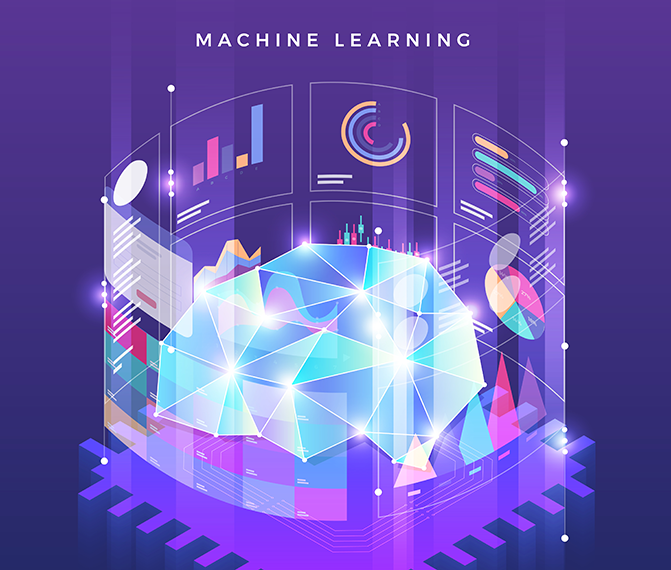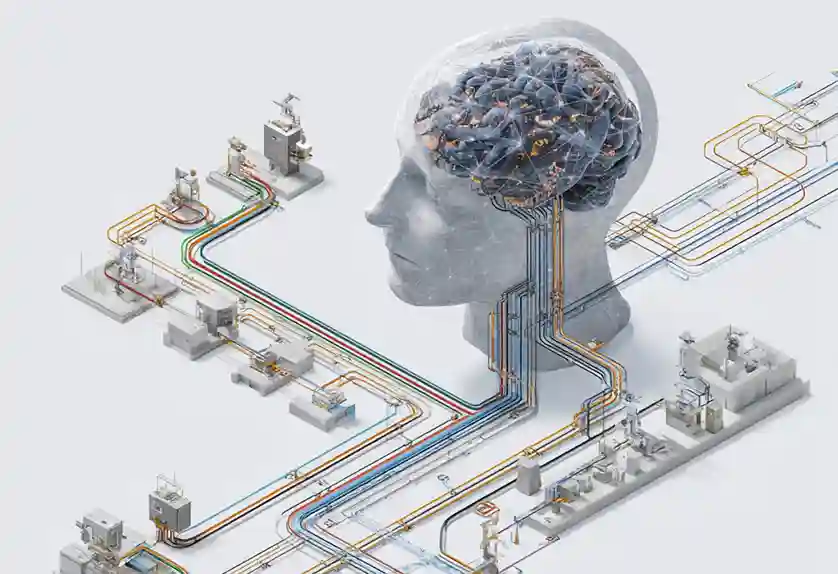Over the past few years, the growth of artificial intelligence has become prevalent. Realistically, only a tiny fraction of models make it to production and stay there. One of the primary reasons for such a low success rate is the communication gap between data scientists and businesses.
According to Google Cloud Architecture Center, MLOps –short for Machine Learning Ops– is an ML engineering culture and practice that aims at unifying ML system development (Dev) and ML system operation (Ops). Simply put, automating machine learning workflows across the model lifecycle is what MLOps is all about. In the absence of MLOps, operating models in production will be a rocky road.
This article discusses a set of techniques and integration of tools essential for a successful machine learning pipeline. Due to its complexity, it is essential to follow this set of techniques.
Best Practices
1. Establishing Clear Business Objectives
Almost every business uses key performance indicators (KPIs). KPIs are quantifiable data that show how well a company is accomplishing its goals. Taking a business question or a problem and determining how it can be answered using ML is the first stage in the ML lifecycle.
Models that use machine learning are evaluated based on their accuracy, precision, and retention. As a result, forecasts are translated into real-world indicators that project members outside the data team may easily comprehend. When data science teams try to prove to stakeholders and higher management how their model adds value to the firm, they run into problems all the time.
Models usually fail because the exploratory and maintenance phases of development do not have clear objectives. By establishing the question clearly, data engineers and scientists will work from a solid foundation, eliminating the danger of solving a problem that doesn't benefit the business in the long term.
2. Validate The Dataset
When creating a machine learning model, it's essential to verify the dataset's labels. Real-world data collection is essential to train a model and produce predictions that truly reflect the reality.
Authorizing the source of data and appropriately labeling it can be a time-consuming task. Since the size of the dataset might affect model performance, it's vital to estimate how much time and resources will be required early on.
Even after the model has been put into production, its performance may deviate from the initial expectations. As a result, retraining the model on the new labels will be required, and it will take time and resources.
3. Choosing The Right Model
When it comes to solving different problems, different tools are required, such as algorithms. They might be as simple as linear regression or as complex as deep learning neural networks. There are benefits and downsides to every model, and each type of model has its own set of concerns for MLOps.
Determining which algorithms are best from an MLOps standpoint is based on what kind of data they are performing on and how well they integrate with the CI/CD. Keeping these two ideas in mind will help decrease dependencies and make life easier for everyone involved in deployment.
The DevOps team will have to do a lot of testing and validation before deploying this process. Simply begin with simpler models and work your way up. This helps you achieve the finest possible balance of efficiency and resource utilization. An ultimate goal is a plug-and-play approach (like an API) that is scalable, easy to understand, and compatible with the production environment.
4. Cloud Architecture Design
Projects based on machine learning are no longer only focused on data science. When it comes to handling ML's complete lifecycle, expertise in data and cloud engineering is increasingly important. An increasing number of our companies are adopting cloud-based approaches.
Several cloud platforms can execute end-to-end machine learning pipelines, but it is important to verify that they can do so (storage, ingestion, modeling, visualizing, monitoring, etc.). With infrastructure as code, provisioning scalable, reproducible machine learning settings can be automated. It's the same with CI/CD on cloud platforms as it is with on-premises.
5. Containerization
More and more enterprises are transferring their data to the cloud and hosting it in dedicated data lakes, and this trend is expected to continue. To build optimized, efficient, and safe data platforms and ML projects, containerization is an unavoidable step.
When it comes to dependencies, open-source software packages can be highly rigorous. That means that software must use exact package versions and modules to function. Containerization, in keeping with the notion of simplifying and standardization in MLOps, automates the machine learning systems from development to production. Containerization can be practiced with the help of technologies such as Docker.
To keep the environment variables consistent, each module of the pipeline can be maintained in a container. That way, fewer dependencies are necessary for the model to perform properly. Kubernetes is an excellent MLOps tool when there are several containers involved in the deployment process.
6. Regular Evaluation of Your ML System
Calculating the score of your machine-learning system is an excellent way to get started and can also be used for the ongoing assessment of your model. We are fortunate that such a grading system exists.
What's your ML Test Score? A rubric for ML production systems by Eric Breck provides an in-depth scoring system. In addition to the features and data, the scoring method considers model development, infrastructure, and monitoring.
Key Benefits of MLOps
Besides enabling the model's business value, MLOps have certain other major advantages.
1. Productivity gains for data science teams
Since the process to update existing models is now simpler. The development teams can spend more time on newer models rather than the maintenance of existing ones.
2. Safer and more reliable machine learning systems
As a result of standardization, bugs are prevented. Model bias, data skew, and ML model behavior are automatically verified on ML models before they are deployed to the production environment. So, MLOps is a guarantee for legally compliant machine learning in production.
3. A happier team of machine learning engineers
A cost-effective environment for data scientists to test machine learning is created when MLOps are integrated, creating psychological safety for them. They tend to be happier since they have more time to spend on new algorithms.
The Future of MLOps
MLOps has grown exponentially since last year. MLOps are attracting the attention of a growing number of large companies. They are using MLOps to automate, simplify, and scale their machine learning workflows.
In practice, we can see that MLOps adds tremendous value, but it comes at the cost of establishing your team's MLOps practices and supporting tools from the ground up, which takes time and money. It's a field that's always expanding.
Therefore it's impossible to cover everything in this article. You can consider introducing MLOps to your team when they are planning their next project. Machine learning projects in your organization will be more successful as a result.

 Emad Bin Abid
Emad Bin Abid




